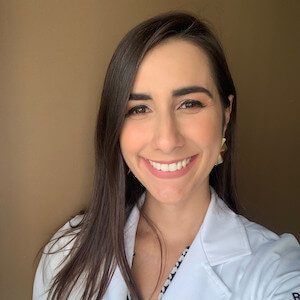Most mothers, when they hear that their baby has candidiasis, get scared and question whether it is possible, since it is a disease commonly known among adult women1. But yes, know that it is possible and that it does not only affect the genital area, but can also affect the mouth and cause something also known as “thrush”.
Candidiasis, or candida albicans as it is scientifically known, is an infection that affects the oral mucosa, breaking out in small whitish patches inside the cheeks, tongue, and roof of the mouth. These are quite painful lesions that usually make feeding difficult and appear mainly in babies up to 2 months of age. Another possibility, and one that is even more alarming to mothers, is candidiasis found in the genital area of the baby, mainly affecting those who are still wearing diapers. The condition causes redness very similar to a diaper rash and causes a lot of itching. It’s also common for small white patches with some peeling around the area to appear, which do not go away with the use of regular diaper rash creams.
The candidiasis fungus is present in the digestive system of every human being2 and does not usually pose any harm, but it becomes active under certain circumstances, such as:
- Low immunity
- Use of antibiotics
- Hormonal changes
- Individuals with diabetes and HIV
It can also be passed from mother to baby through breastfeeding, during vaginal delivery (if the mother has vaginal candidiasis at the time) or through contact with infected bottle nipples3.
How to Treat Candidiasis in Babies?
In the case of oral candidiasis or thrush, it is advisable to consult a pediatrician to check the severity or, still, to confirm the diagnosis. Usually, an antifungal medication is prescribed, and for breastfeeding babies, it is the mother who should apply a specific ointment to the nipples. Mothers diagnosed with vaginal candidiasis who had a normal delivery should be treated with antifungals. The baby will not necessarily be affected, but in cases where babies do acquire this candidiasis, besides the antifungal, it is advised to use solutions based on gentian violet, keep the area clean and dry, and avoid contact with any product that contains fragrances such as, for example, baby wipes. Ideally, clean the area with water and mild soap and, if possible, avoid keeping the diaper area too damp.
Candidiasis, whether oral or genital, can be quite painful but is rarely considered a serious problem. However, you should stay alert if the symptoms do not disappear within about 2 weeks. In that case, it’s important to consult the pediatrician again to define a treatment approach, since candidiasis, especially oral in babies, affects feeding and can cause weight loss.
See also: Reflux in Newborns – How to Identify?
Photo: Daniel Horacio Agostini











